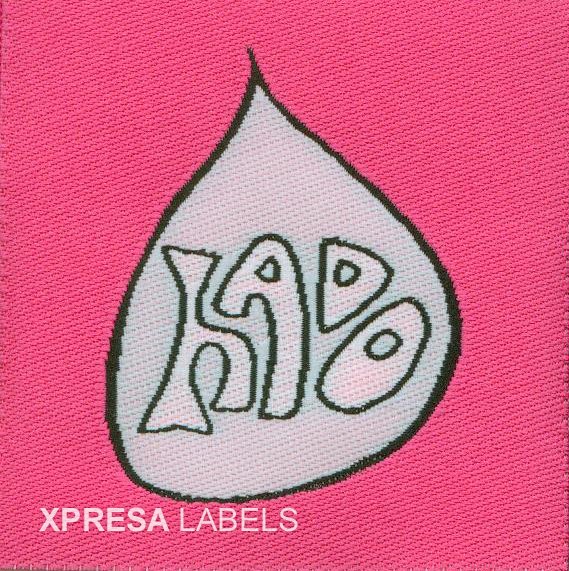The Importance of Garment Labels in Fashion: A Discussion
Garment labels are considered to be less important and they play more than an ornamental role in the fashion business. This particular discussion dives deep into the importance of labels on garments; these include branding, information to the consumer, and care of the garment.
Branding and Identity
The garment labels also serve as silent brand ambassadors, thereby offering you another platform to effectively advertise your brand logo or name, or even a tagline. If designated properly the label gives an impression of higher quality regarding your clothing and puts down the foundation for brand equity. It is recommended that you use distinct fonts, colors, as well as materials on your labels to make either a fun or powerful statement.
For instance, while designing labels for branded clothing, a designer might incorporate refined font styles and satin or silk in the label. On the other hand, the sustainable brand could use recycled materials and biodegradable inks. These decisions promote the image of the brand and, at the same time, communicate the values that are attached to it by the buyer.
Transparency is Key
The fashion landscape of today is characterized by transparency. It is a medium to convey certain information to your customers and thus garment labels hold importance. This includes:
This way, knowing the materials necessary for a garment would enable consumers to make the right choices depending on the material’s desirable attributes, e.g. comfort, breathability, or when they have allergies to certain materials. For example, if a person has sensitive skin, they are more likely to choose clothes made of cotton rather than synthetic fibers.
Consistency and precision in sizing are critical to increasing the prospects of a favorable outcome as far as the customer interface is concerned. A garment measurement or the size chart should appear on the labels. This helps in controlling returns and exchanges, which play a role in increasing customer satisfaction.
This not only means that garments will remain of high quality and will last for a very long time. Washing symbols or written notes on handling should be part of the labels. Policies that focus on care enable consumers to keep their garments in good shape thus cutting on wear.
New-generation consumers show more concern about the origin of the clothes products they are using. The label may reveal information about the country of manufacture of the garment. This information can have an impact on purchasing decisions because some of the clients boast the locally manufactured goods or those that have been produced under this policy.
Garment Care: Ensuring Longevity
Appropriate washing and drying of a garment are ways through which the life of a garment is enhanced. Properly written care labels enable consumers to properly take care of their garments and help support the principles set by sustainable fashion. Education on how to wash, dry, and store clothes ensures that the consumer maintains his or her clothes in good condition for quite some time.
For example, a label may recommend hand washing only in cold water to ensure that the garment will not be ruined by washing it in the washing machine. Or it might suggest air drying in order not to cause shrinkage on the garment thus making it lose its shape.
The Future of Garment Labels: Tech-driven Innovation
The current and increasing fashion is always changing the world of garment labels. Techno-physical innovations such as integrating NFC chips in labels. It offers the consumer a tremendous amount of data as soon as they scan it with their smartphone. This could involve translations of care instructions or sustainability certificates and could also extend to suggestions in terms of washers.
Just think about how useful it would be if by just scanning a label on your phone you get care instructions for this garment; the link to the sustainability report of this clothing brand, or other products you might like. These technology-based labels can benefit the clients since they provide extra convenience and value.
Beyond the Label
A label that is affixed to garments is much more than simply a strip of material that is stitched into the clothing. They remain very important as a means of communication for brands and as a means through which consumers get information. In this way, businesses can develop the aspects of their brand that relate to garment labels, bring more value to their customers, and turn buyer attention to the problem of sustainable fashion consumption.
The addition of effective and smart labels to your garments can make a positive impact on your clothes. First and foremost, it can enrich your brand, thus making the customers happier and the fashion industry less detrimental to the environment. So, next time you design or purchase clothing, remember to look beyond the label.


